I used to have a Sheltie dog named Prince Purley of Prancer Land. Shelties look like miniature Collies, which are beautiful animals. Purley was a stunning example of the breed. He looked like a little foxy dog, his long hair blowing in the breeze. When we first got him, he didn’t like to be touched. He shied away from our hands. He’d never been hurt and just liked being left alone. But oh my goodness, we wanted to run our hands down his luxurious coat and pet and hold him.
Purley had a soft spot for snacks. He was treat-motivated. We could get him to come close by offering him a tidbit of something delicious. Then we would sneak a pet in while he gobbled up his sniggle. Over time, he realized that petting felt good to him too, and he’d allow us to stroke him.
Some people are like Purley. Perhaps they grew up without enough touch? Or they had past experiences that made them shy away?
That’s how women’s vulvas are too… If they’ve been touched wrong or hurt, or the woman felt ashamed of her genitals, her sensual response to touch could be a negative experience instead of the pleasurable delight of someone like me who gets regular Yoni massages, oral pleasuring, and delicate experienced intercourse.
But there’s something else even more profound than that.
I read a new study of 441 sexually active women. The researchers mapped their erogenous zones to see if they experienced pleasurable or unpleasant responses to touch. They quantified the sexual erogeneity (new vocabulary word for you) and aversion to having various areas of their breasts, vulvas, vaginas, perineal areas, and anus touched.
EROGENEITY VS AVERSION
The results were interesting in that the top sexually preferred areas of touch were the vulva, even more than breasts, with the vaginal opening, the clitoris, and the peri urethral (G-Spot) areas of the vulva/vagina being the top three preferred areas. It surprised me that more women liked the vaginal opening (introitus) at 50.8% and the peri urethra at 42.6% pleasured more than the clitoris at 41.3%.
My educated guess is that not enough women are experiencing pleasurable stimulation on their clitoral glans and shafts by their partners. They may have only been sexually stimulated with a finger or penis around their vagina. It’s a case of not knowing what they are missing…
When women described why they didn’t like specific areas touched, they said, “It hurts.” “I’m embarrassed.” And “it’s overly sensitive.”
If you take this data at face value, you may come to a few conclusions, such as women prefer to be touched differently, and you must find “her spots” to give any individual the most pleasure. However, I think this is a short-sighted perspective. All of the areas of a woman’s genitals, breasts, and mouth have the potential to be orgasmically pleasurable when touched. Feeling pleasure is a learned skill, just like learning how to orgasm.
Might you be more like my Sheltie than you think? What if you finally got the kind of touch that was pleasurable to your lips, your nipples, your clitoral structures, including your labia? You’d have way more pleasure and orgasmic intensity just by being touched well without shame.
Consider the concept of Orgasmic Activation that I’ve been talking to you about for a few years. The notion is that many people have breast and genital numbness or pain from past shame and traumas that need to be soothed and released. Through Yoni (vulva and vagina) massage and G-Spot release for female bodies, or through delicate and loving touch in male bodies, new neural pathways to pleasure can be activated. The touch creates a mind-body connection that begins to feel good instead of numb, sensitive, or painful. With this nurturing and healing touch, they can become susceptible to pleasure and more easily multi-orgasmic.
This also feeds into the concept of Orgasmic Cross-Training. This is an idea I learned from one of my favorite mentors, Sheri Winston, author of the seminal book, “Women’s Anatomy of Arousal.” She explains that to become more orgasmic, you can start to orgasm through the pathway you have and add in sensation in a new path to become orgasmic through both. For example, you could stimulate the clitoris and then add nipple stimulation to learn how to have nipplegasms. Or you could begin with breast and nipple stimulation to activate orgasms and then add in penis or dildo penetration to help a woman orgasm from intercourse.
I updated Sheri’s Orgasmic Cross-Training concept by utilizing sex toys to activate different orgasmic erogenous zones of the vulva/vagina and penis/prostate. Next week I’ll share with you the orgasmic cross-training tools I recommend.
If those 441 women believe that they don’t like certain areas of their body touched, instead of understanding that they simply need to be loved like we loved Prince Purley — where the touch BECOMES pleasurable. They are short-changing themselves on their orgasmic possibility. If you think about your body as an activation opportunity… Give it little treats like a new sex toy or a G-Spot awakening experience… Then you can continue to expand your erogenous zones throughout your life. You’ll become a better “orgasmer.” You’ll be a better lover. You’ll have more sexual satisfaction. You’ll want more sex more often. Your partner will feel great about their ability to bring you massive pleasure. You’ll feel better, look younger than your peers, and likely live a longer, healthier life. You’ll have a longer health span by having a longer sex span.
The takeaway from the research was not that some women like to be touched in certain spots and not others… the insight is that you can find the places that hurt, are numb, overly sensitive, or embarrassing. You can revisit them with a loving heart and loving touch to open yourself to more pleasure.
Reference: An Anatomic Map-Based Study: Erogenous and Aversive Sensation in the Vulva, Vagina, and Breasts
Get more Orgasmic Activation tips here!
All information from Susan Bratton, Personal Life Media, The20, and our collective brands are personal opinions. The statements made within this email/website have not been evaluated by the Food and Drug Administration. These statements and the products of this company are not intended to diagnose, treat, cure or prevent any disease. Always seek consultation from your doctor.


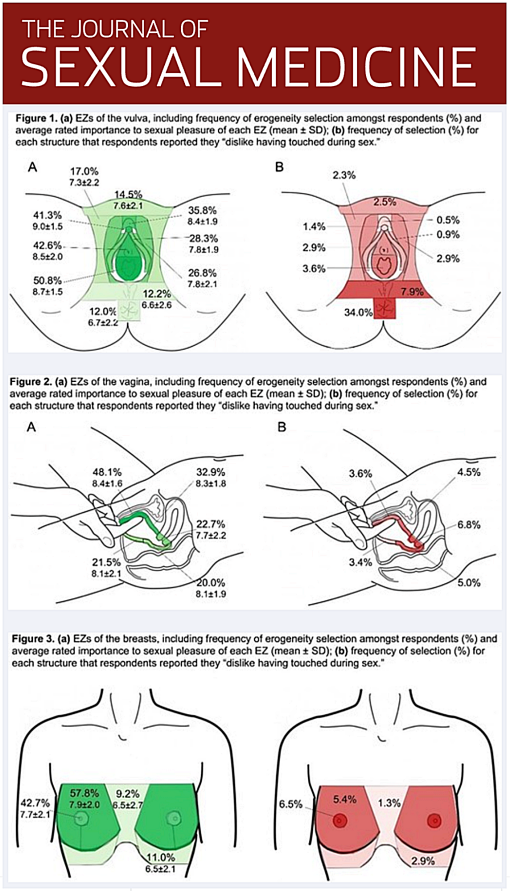
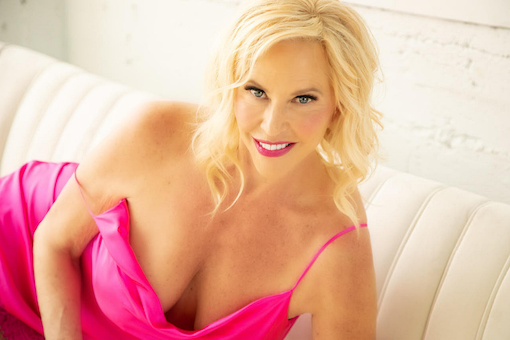
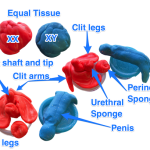
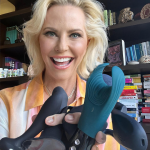

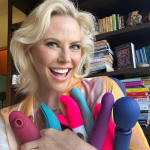

One Response
Excellent article. Well written and informative.